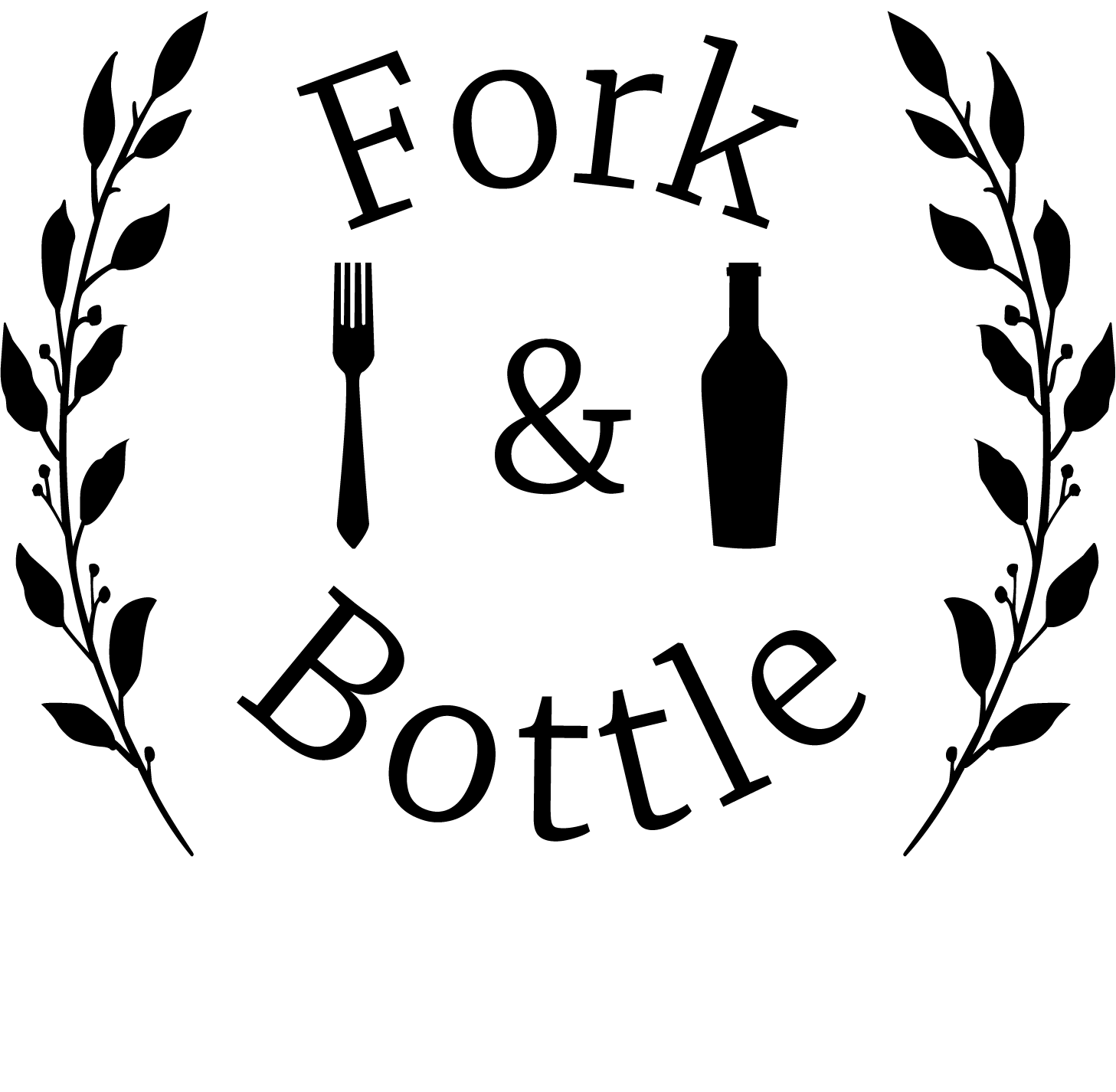Jack's Wine Hints, Tips & Tricks
Champagne & Sparkling Wine
• Open the bottle when it is very cold.
• Safety tips: Keep thumb on top of cork as you remove the cage - keep it there until the bottle is open. Point bottle away from people.
• Open it slowly, holding the cork and twisting the bottle...you want a sigh, not a pop.
• It is best to drink at least 1-2 hours after opening.
• Drink it chilled/slightly chilled (51-63°F), rather than cold. Inexpensive Champers needs to be colder, though.
• Good/great Champagne needs some aging.
• Buy "grower" Champagne rather than industrial (i.e. the big, recognizable names). I've found that small grower Champagnes to be the most interesting and best in value. (Grower fizz is identified by the tiny RM#### on the label, rather than NM####.)
• Some Champagne lovers are convinced that magnums are superior to 750ml bottles in both taste and aging.
• The best, inexpensive sparkling wines come from Prosecco, the Loire, and Alsace (cremant). For sweet sparkling, Moscato d'Asti from the best producers is hard to beat and quite inexpensive.
• Most-underrated category: Zero dosage sparklers (no brandy added for sweetening), like those from Bellavista and Ca' del Bosco.
• The cult high-end producer that few know of is Jacques Selosse.
• Best grower producer in the $50-$100 range? Perhaps Vilmart, especially if you seek a sparkling rosé.
• Don't store sparkling wine in the refrigerator for more than 3 weeks unless it has a plastic cork. (The cork will dry out and the seal will fail.)
Tips on Ordering Wine in a Very Good/Top Restaurant
(I'm talking about independent restaurants, not chains.)
• Don’t be too shy about ordering an inexpensive or the least expensive wine on the list – these Beverage Directors and Sommeliers pride themselves on their inexpensive choices, too.
• Order wines that reflect the theme of the food at the restaurant, as they tend to match best with the food. Example, order Northern Italian wines if in a restaurant specializing in this cuisine (rather than ordering, say, Californian).
• Order beer if the wine prices are outrageous, or if it’s all over-priced industrial swill.
• Order wines you simply already like, especially if you’re not in an adventurous mood.
• Ask for the sommelier/wine steward and tell him what you’re having, what you’re willing to spend and what you like (and hint whether or not you’re “wine adventurous”). If the sommelier listens well, you’ll likely score.
• Sometimes it pays off big to discreetly slip the sommelier a tip.
• Think twice before spending more than $100 for an immature bottle of wine at a restaurant.
Some Thoughts on Old wine...
• Although I’ve had some great young wines (say, less than 15 years old), the greatest, most memorable and remarkable wines I’ve drunk have almost all been from the 1960s and 1970s.
• Well-stored old wines (with good fill levels) from good producers are often cheaper and more enjoyable then the winery’s recent releases.
• Buying old wine at auction is a crap-shoot. But is it really that much more of a gamble than buying a recently released wine that you’ve never tasted, no matter how it was scored by top wine critics?
• After 20 years, corks start to deteriorate. Therefore, expect a cork that will likely break during opening. With some practice, you’ll get most of them out without pushing them into the bottle. Patience and a good waiter's corkscrew is the key.
• Many wines which are 30 years and older seem to benefit from François Audouze’s “slow-oxygenation method”. Open the bottle 4-8 hours before you intend to serve it. Smell but do not pour any out of the bottle. Do not decant. Really. The theory here is old wines are damaged or destroyed by decanting (to remove the sediment) because this exposes them to too much oxygen. Wine is alive and always changing when it’s exposed to air. More here. Audouze video here.
• A cautionary note: Capsules on old wines are usually made from lead; after opening, wipe the top of bottle and then wash your hands.
